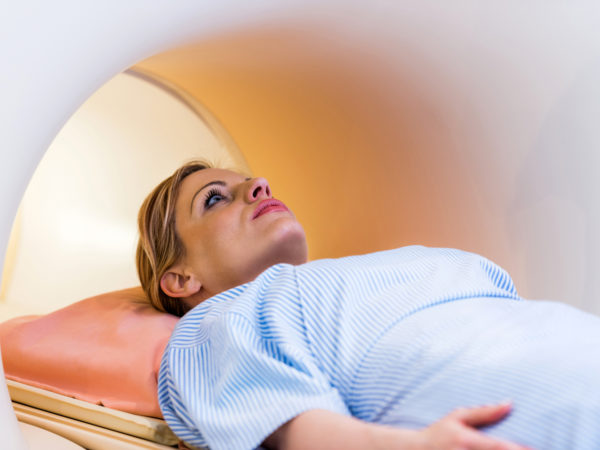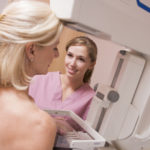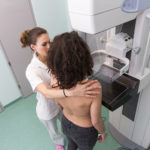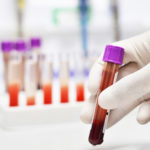MRIs or Mammograms?
What is the advantage of having an MRI instead of a mammogram to find breast cancer? Which women should opt for MRI?
Andrew Weil, M.D. | May 16, 2007

New guidelines from the American Cancer Society (ACS) recommend that women at high risk of breast cancer have annual MRIs in addition to annual mammograms. The women affected by these new guidelines are those age 30 or over who have a known mutation in the BRCA1 or BRCA2 genes that puts them at higher than normal risk of breast cancer. In addition, the recommendations apply to any woman who has been treated with radiation to the chest for Hodgkin’s disease or other conditions. The guidelines also cover women with two or more close relatives who had breast or ovarian cancer or who have a close relative who developed breast cancer before age 50, and any woman whose lifetime risk of breast cancer exceeds 20 to 25 percent based on family history and other risk factors. In the United States, as many as 1.4 million women fall into these categories. To check your risk of breast cancer, visit: http://www.cancer.gov/bcrisktool/
In addition to being less painful, the advantage of MRIs over mammograms is that they provide more detailed images and can show increased or abnormal blood flow in the breast, a possible indication of cancer that can’t be seen on a mammogram. MRIs are also better than mammograms at finding cancers in women with dense breasts. However, MRIs aren’t perfect – they lead to many more false-positive results than mammograms (that is, they can identify suspicious areas that turn out to be benign; as a result, they lead to more anxiety-provoking biopsies), and patients with claustrophobia find the confined chamber required for MRIs very uncomfortable.
Expense is also a consideration. An MRI screening can cost $2,000 or more, compared to $100 to $150 for a mammogram. Not all insurers cover the cost, but more might do so in light of the ACS recommendation. Unlike mammograms, MRIs do not expose women to radiation. Instead, they create images with a magnet and radio waves.
The same week that the ACS announced its recommendation, a study from the University of Washington Medical Center suggested that women who develop cancer in one breast should have an MRI to check for cancer in the opposite breast. Up to ten percent of breast cancer patients develop a tumor in the opposite breast, even though nothing is found on mammograms or by physical exams at the time of their initial diagnosis. The Washington study reported that among 969 newly diagnosed breast cancer patients MRIs found 30 early-stage cancers in the opposite breast that had been missed by mammograms and physical exams. MRIs can’t tell us everything, however: in this study the tests missed three cancers in the opposite breast. Given what we know currently, adding MRIs to the mammograms of high risk patients should help with early detection of cancers, and getting an MRI on the opposite breast at the time of diagnosis seems worthwhile.
Andrew Weil, M.D.









